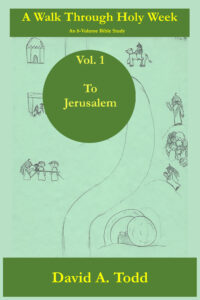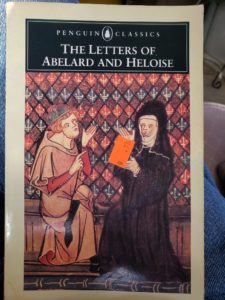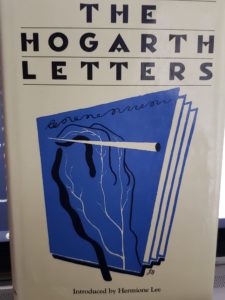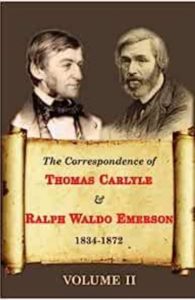
I finished writing A Walk Through Holy Week, Vol. 8 on April 1st. That’s the first draft. I need to do at least two editing passes before “putting it on the shelf” to await my writing Vols. 2 and 3. In the past I’ve found getting a little distance from the first draft to help the editing to go better. Normally I would start on the next writing project, but given that it’s another Bible study in the same series I decided not to rush into it. I did, however, take an hour or two one morning to do a little planning and programming on Vol. 2.
Meanwhile, during the last two weeks of Life Group lessons, which my co-teacher taught, I got some ideas that I need to work into the last two chapters. I think I may incorporate those either tonight or tomorrow.
My time has been taken up with my two special projects. I think I wrote about these before. One is transcription of letters from our years in Saudi Arabia. I try to complete two or three letters a day. After a slow start, I’m in a groove this. Letters from 1981-1982 are done, and I’m four months into 1983, the last year. It looks as if I have another 40 letters to go. That means I will likely finish this around early May, so long as interruptions are minimal.
The other special project is scanning and e-filing the many poetry critiques I did at various poetry boards around 2001-2009. I printed a lot of these and saved them in 3-ring binders. Most of these were at the now-defunct Poem Kingdom, but I also hung out at several other sites and critiqued. My estimate has been that I critiqued somewhere between 500 and 1,000 poems. No, that’s not an exaggeration. I saved many, but not all, of the critiques I made.
So far, I’ve scanned, formatted, checked for accuracy of the scan, and saved 106 poetry critiques. These came out of a 1-inch binder. My estimate is that I have 75 sheets left to process in this notebook, which will probably be 70 critiques—meaning 175 critiques. When I finish that, next to tackle is a 2.5-inch binder stuffed with critiques. That means I’ll be well over 500 critiques. What I can’t remember is if there is a third notebook or if this is it.
If I don’t have another notebook, I will likely finish this project some time in the fall. If in fact there’s a third notebook hiding somewhere on my shelves, then the project will likely continue into 2025.
So the question I’m dealing with whether I can get some book editing done while also maintaining my pace on the special projects. I won’t be able to test that until later this week. I have medical appointments today and Tuesday and two writer meetings on Thursday. I’m sure I’ll make a report on this in a future blog.






